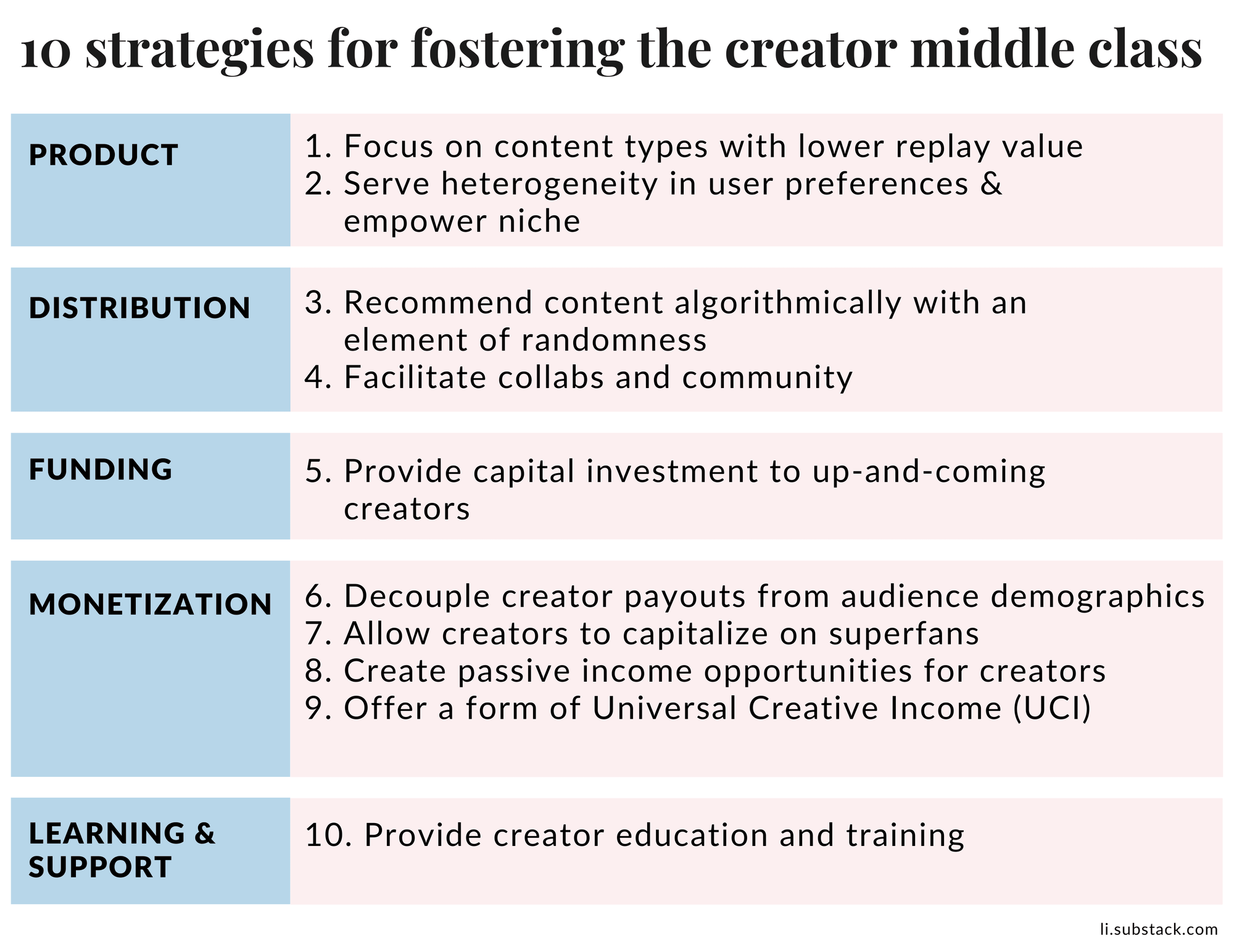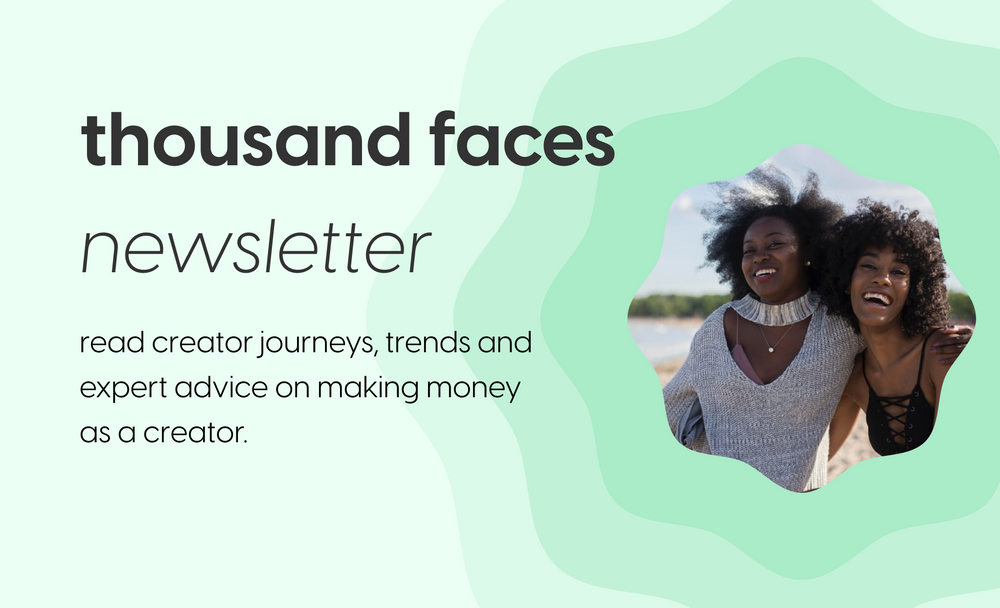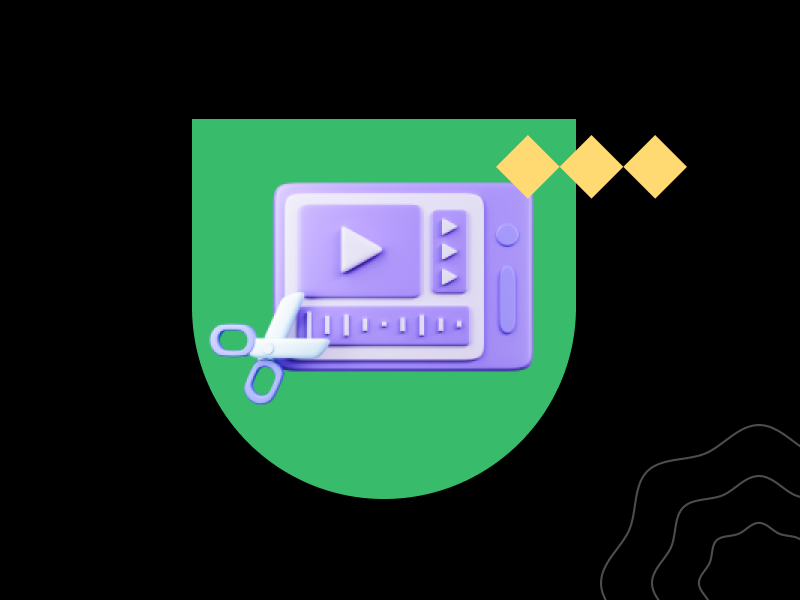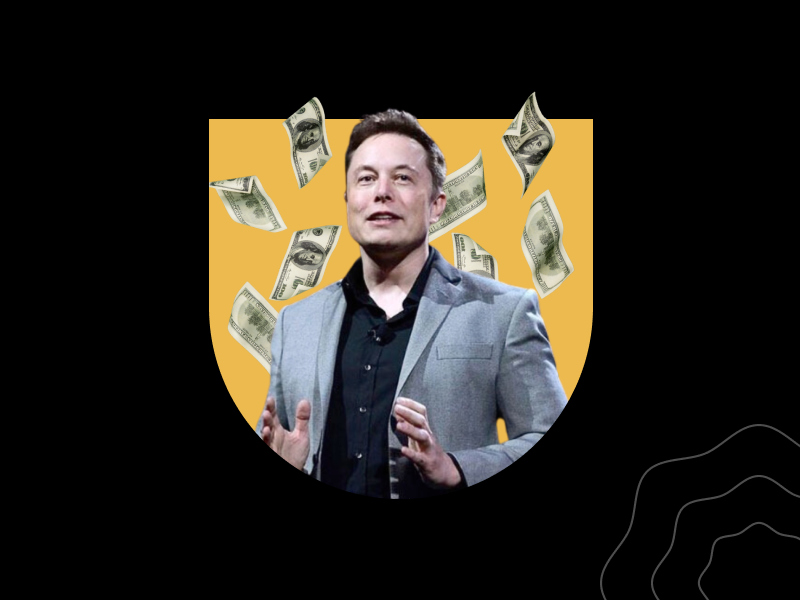If there's a playbook for creators to peek into, it's that of Amber Venz Box. Born and raised in Dallas, Amber grew up treasuring fashion and dabbled with eclectic fashion media before starting a blog that led to RewardStyle and eventually LikeToKnowIt. RewardStyle was one of the earliest startups to nail influencer marketing. Today, it has over 30,000 registered users, including the likes of Meghan Markle and Reese Witherspoon, positioning its valuation at a whopping $290 million. But if you pause for a minute and think: When Amber stepped up from blogging to entrepreneurship, she built a legacy and assembled opportunities for hundreds of creators.
The internet has always been kind to the creators; despite the pandemic dampening the efforts, with the right tools, intent, and support, a creator can cultivate a relationship with the world right from their living room. Enter 2022 and boom — the creator economy is perking up better than before, and we're staggeringly ready for more Ambers.
That brings us to the central conversation: what's brewing in the creator economy? Is the future as promising as it sounds? What are the experts saying? Let's delve!
Interesting Creator Economy Trends

- Creators and creator-centric startups to raise millions of dollars
VCs, media mammoths, and brands are keen on backing and investing in creators. As per CB Insights' research report, 2021 alone has witnessed $1.3B funding in the creator economy. Atelier Ventures, founded by Li Jin, has been instrumental in taking the passion economy forward; they are particularly interested in working with brands crafting products for lesser-known creators or middle-class creators (as Li Jin refers).
1/ Today we announced Koji’s $20m Series B fundraise, led by @jumpcapital. https://t.co/5NMhxLnMuR
— Koji (@madewithkoji) January 25, 2022
Even startups offering creator-centric tools will win big this year; BuyMeCoffee, Patreon, Substack, Pietra, Spotify Greenroom have already laid the way for such investments. Top-tier venture capitalists and investors like Chapter One Ventures, Creative Juice, Index Ventures, SignalFire, Slow Ventures, etc., have entered this trajectory.
2. Growth of creator-focused tools beyond Instagram and TikTok
In 2021, @Gumroad achieved:
— Sahil Lavingia (@shl) January 12, 2022
• $185.5m in creator earnings, up 30%
• $10.9m in revenue, up 18%
More metrics, shipments, plans, and info about our next public fundraise here: https://t.co/5wSw2tpWK6
For years now, creators have leveraged Gumroad, YouTube, and Instagram to monetize their content. But things are about to change — the visible shift towards specific tools for community building, crypto or fintech, e-commerce, and streaming is the future.
Quite naturally, influencer-dominant brands like Zora, Patreon, Substack, Playbook, Airmeet, and Supercast will rub shoulders with Instagram and TikTok. That said, Instagram and TikTok will still control significant stakes in monetization. To not squander its position, Instagram has also introduced a slew of features for creators, including a marketplace equivalent to TikTok's Creator Marketplace to retain its existing creators.
3. Creators moving on from popular social media platforms
With the creator economy exploding, influencers prefer building a brand bigger than social media platforms or, precisely, not relying on them. Influencers will slowly drift to independent platforms to push content, create a community, and monetize without taking away social media's magnitude in the growth evolution. It's beside the point that creators face a debacle whenever social media platforms tweak their algorithms. The ever-volatile Instagram algorithm leaves thousands of creators on tenterhooks, particularly because there’s very little to no clarity on metrics. It’s unfortunate how a post’s worth is calculated based on the engagement rate, ranking, and likes; for that purpose, creators are leverage personal platforms to show their brand growth and engagement rate.
Instagram’s algorithm be like pic.twitter.com/n6t1deNFhB
— Kevín (@KevOnStage) January 23, 2022
“Instagram is genuinely terrible for mental health. Just wanted to let you know that you all are LOVED. Don’t let the algorithms / dopamine play with your brain.” - Garett Nelson
For instance, a prominent visual artists' crew, Corridor Digital, has moved from YouTube to their platform to publish content, sell merchandise, and offer subscriptions. So has celebrated Canadian YouTuber Linus Sebastian (Linus TechTips). His streaming platform FloatPlane accepts other creators to create channels and monetize subscriptions.
4. Growth of influencer-driven merchandise
Content creators are already touted as the influential driving factors for e-commerce. We'll see a meteoric rise in creator-driven merchandise, from brand collaborations to exclusive drops. Creator-focused brand, Popchew calls itself the coolest food court on the internet works with creators to launch experiential food. You might have already heard of their nefarious Bitcoin Pizza, the world's first decentralized pizza. For this, they've roped in entrepreneur and investor Anthony Pompliano. What's cooler? The proceeds from every pizza order go to the Human Rights Foundation’s Bitcoin Development Fund. A climb in beauty and skincare, fashion, and fitness brands, purely driven by influencers is inevitable.
Besides, NFTs will play an essential role.👇🏼
5. Creators to foster communities with NFTs
13-year-old artist Nyla Hayes (@NylaCollection) has generated over $4M in sales for her NFT collection, Long Neckie Ladies, and was recently honored as TIME magazine’s first Artist-in-Residence.
— The Metaverse (@themetav3rse) January 11, 2022
🧵 pic.twitter.com/hrkofcXKYT
NFTs or Non-fungible Tokens are more than anything a cultural shift! They democratize the creator economy, offering a community and like-minded individuals. Having fans and followers is no longer the norm with NFTs as creators can interact and engage with their subscribers and build an enriching community.
Besides, art is no longer a commodity or a luxury that one has to obtain from a store, and thank heavens for that! Native influencers and creators are exploring the NFT space. For instance, premium lifestyle influencer Farokh Sarmad Tehrani is now hinged to the NFT space and founded RugRadio, the world's decentralized Web3 media company. Across the world, many influencers and entrepreneurs are leaning into it; OpenSea has made the NFT space more accessible and navigable for creators, allowing followers to claim more stakes in creators' digital work.
NFTs are expanding the pool of traditional art buyers & collectors
— mags.eth (⬇️,⬇️) (@magdalenakala) January 28, 2022
before NFTs: *would never even consider buying a piece of art more expensive than $1k*
after NFTs: “$10k for this huge piece of hand-made art I love?! that’s just 4eth, what a steal!”
When we talk about NFTs, it's essential to address how reasonable it is for the economy. Whether it's a middle-class creator or an influencer who hasn't had the opportunity to explore various avenues owing to socio-economic conditions or accessibility — NFTs and open internet extend a fair economy to everyone involved.
6. Creators funding more creators
Creators will build a dependable revenue model beyond day-to-day content creation. Whether it's a media company or assembling premium content, merchandise, branded content — they'll step into bigger shoes. Creators will further architect more creators, which means they'll take up more prominent roles as founders and entrepreneurs for their brands. From hiring and involving teams for enhancing and diversifying content to using tools and products for expansion — new-age influencer-owned businesses are on the cards.
I wish there was a way to invest in social media influencers! Idk anything about the stock market and I find it boring.
— MrBeast (@MrBeast) December 1, 2020
7. Rise of middle-class creators
It's said that a sturdy middle-class signifies the true growth and evolution of society. This school of thought applies to the creator economy too. Signal Fire states that more than 97.5% of YouTubers in the US don't generate enough revenue to reach the poverty line. While we all know the stories of the most successful creators, we often overlook the stories of creators who quit. This year, things are about to change, though. Upcoming creators — referred to as middle-class creators, will grab more backing in the form of resources, finances, mentorship, etc.

Followers and subscribers will play a crucial role in taking middle-class creators to the next level; creator residence programs and influencer incubators will extend the much-coveted guidance and mentorship to content creators who other otherwise struggle for accessibility. With VCs keen on investing in startups that will specifically cater to middle-class creators, we’ll surely observe a paradigm shift.
8. Fintech companies catering to creators

VCs won't be the only ones investing in creators; fast-forward to the current economy, fintech companies are more than willing to back creators and influencers. Karat Financial, a banking portal for digital creators has raised a $26 million Series A, and they offer expense cards based on an influencer's social stats. Creative Juice is another neo banking service investing in creators. So far, they've financed creators like Nik Shaw of Re: Anime, Betty Van & Jake Harrington of Switch and Click.
With the creator economy expanding over the horizon, the day isn't far when we'll see products, brands, and fintech companies exclusively catering to creators. Actually, scratch that — the day is here. Despite a monumental shift, it's not as rosy as it looks. Untapped areas like formalizing discoverability platforms and revenue-generating models are still alarming. Thousands of content creators lack the resources and expertise to grow further. The onus isn't on creators alone; creator-centric startups are paramount in defining operations, streamlining, and educating the creators.
We are almost at a tipping point — there has never been a better period, and yet, there hasn't been a 'we're still a long way to go' period.
Key Takeaways
- Prioritizing communities above everything, creators will build long-term relationships with subscribers, fellow content-creators, and brands.
- Creator-centric startups will win big time.
- Creators will diversify their interests and content to garner multiple revenue forms.






